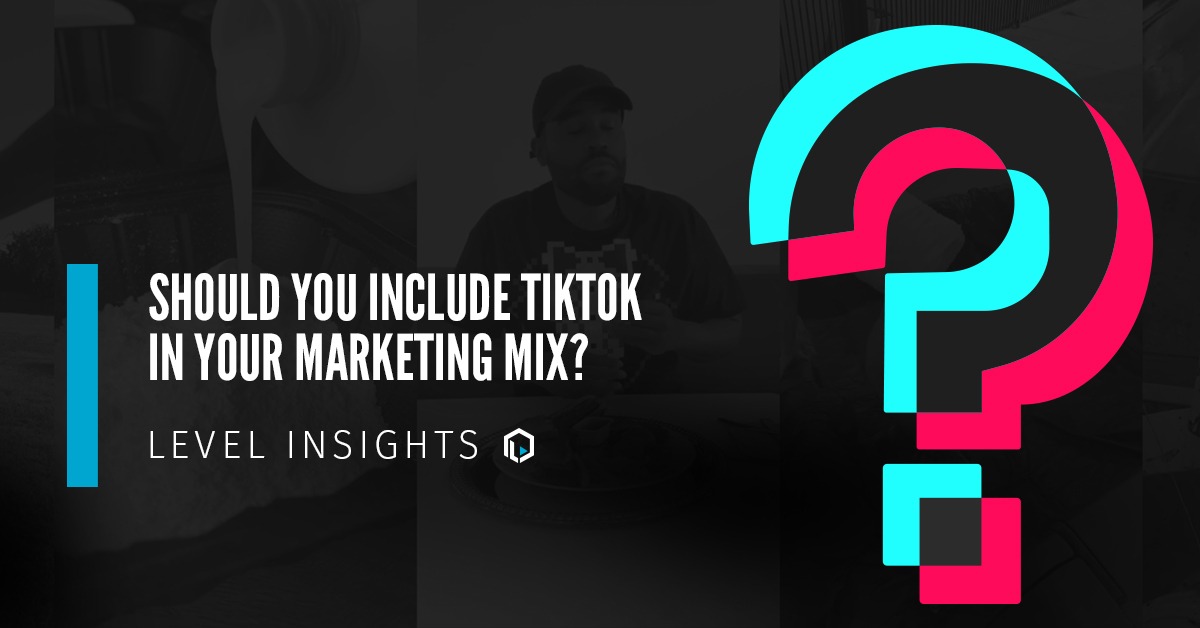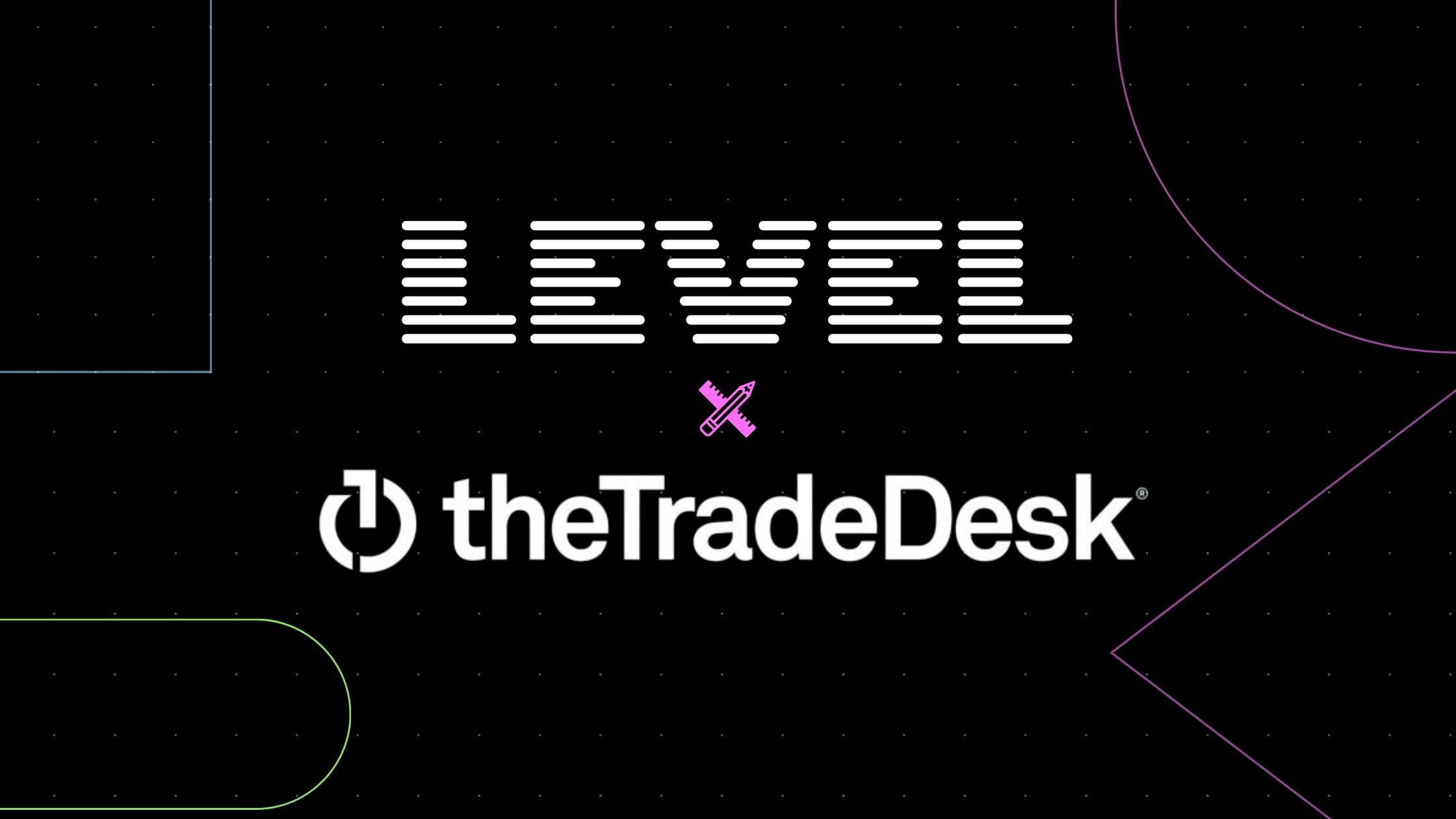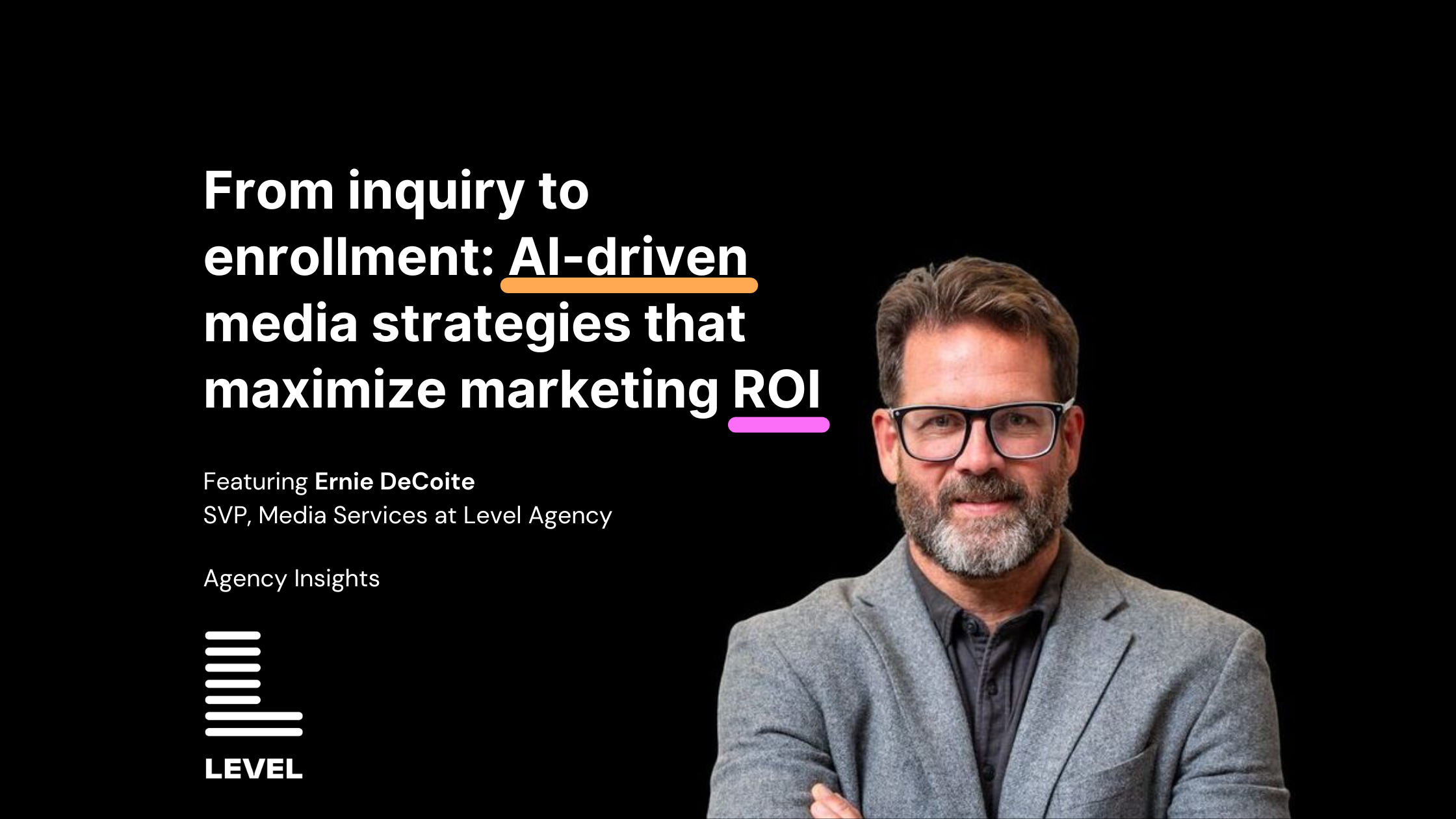
What is TikTok and Who Uses It?
TikTok is, at the time of writing, the latest social media platform taking the US by storm. It has already outgrown SnapChat in terms of use. Owned by Chinese company ByteDance, it is the first Chinese-owned social media app to be relevant outside of China, and it continues to develop an international presence. ByteDance merged TikTok with its lip-synching app Musical.ly, which contributed to its user growth and focus on music within its content.
Instead of chronicling users’ personal lives like many other social media platforms, TikTok focuses on entertaining others, with 80% of users creating videos rather than just watching. Generally, users try to amass a following and get people to engage by posting short vertical videos. These videos, usually backed by music, are often created by stringing mini-clips together to make a single 60-second video. The content is typically funny and meant to make viewers laugh.
TikTok users tend to be highly engaged, spending on average 52 minutes per day on the app. It is easy to get sucked into watching videos on TikTok, as they are all short in length and are distributed through an algorithm that serves up content at random. The user base is also broad, with no registration or login information necessary to start watching videos.
As of July 2019, 3% of the US population was on TikTok (compared to 70% on Facebook or YouTube) [Pew Research Center]. In terms of active users of mobile apps, it ranks #6, behind WhatsApp, Facebook, WeChat and Instagram [HootSuite].
There already are potential competitors in development. Instagram just launched a new video editing tool called Reels in Brazil. Instagram Clips and Facebook Lasso are other entries into this space, but these average only 6 downloads for every 1000 TikTok downloads. Google is also considering the acquisition of Firework, which would mean yet another TikTok competitor.


How Advertisers Can Get Involved
In the early stages of its paid advertising offerings, TikTok is a great resource for branding and reach-focused campaigns. Ad formats include Native In-Feed Video Ads (called Campaign Heaters), which follow similar structures to other vertical video formats, with added buttons leading to landing pages. TikTok also has Brand Takeover ad units (Splash Pages) available on a CPM or CPT (cost per time/day) pricing structure.


Another advertising technique unique to TikTok that brands have been testing is called the Hashtag Challenge. Brands work with TikTok creators to promote this advertising play, which feels organic and encourages participation from users. The challenge can include a social shopping component as well. One example is WalMart, which launched the #SavingShuffle challenge. With this challenge, users were encouraged to film videos in their homes or in stores, highlighting the sales and savings that WalMart provides.
The targeting capabilities of TikTok are still limited. TikTok is only able to target at the general demographics level, with some added content and interest-based targeting in Premium campaigns. Reporting focuses on reach, impressions and engagements.
Potential Risks for Brands
Some of the ad offerings like Hashtag Challenges, which rely on user-generated content, introduce a brand safety risk, because the brand does not have control of what users will create or publish under the sponsored hashtag. There also have been investigations into inappropriate and sexualized comments on young people’s videos, which can tarnish the reputation of the platform in general – including any company that associates itself with it.
As TikTok is owned by a Chinese company, there are also concerns related to the censorship of content. Questions also have been raised as to the potential surveillance by the Chinese government and in November 2019, the US government began investigating ByteDance’s purchase of the US app Musical.ly, in addition to the potential censorship of content and the collection of US social media users’ data.
Summary and Recommendations for Use
At the beginning of its paid advertising offerings, Level Agency recommends that brands trying to target a younger demographic should view TikTok as an awareness- and reach-focused tool. TikTok is not the ideal platform for direct conversions or lead generation and instead should be used as a PR play. It is also still important to keep brand safety in mind. Although it is a new platform with high engagement from a younger demographic, it is difficult to ensure that the content that ads appear next to will be brand-friendly. We look forward to seeing the different iterations of ad offerings that TikTok will roll out in the months to come, but for now, we will only recommend it as a tool for a select number of clients.








